
For Townsend Harris, February 4 was chaotic: as the first day of the Spring 2014 semester, students were searching the building for their new classes, comparing programs with their friends, and flocking to the Guidance office to ask for changes. In the midst of the mayhem, English and Health teacher Georgette Wallace gathered her students in the gym to inform them of some personal news: just a few weeks prior, she’d been diagnosed with breast cancer.
The news, which shocked Ms. Wallace’s students, came only a few days after her surgery. Though the experience was still recent and many might decide to keep their cancer experience a private matter, Ms. Wallace felt that it was important to share her story.
“I told my students before almost anyone, because I didn’t want them to overhear rumors,” she explained.
Students reacted with expressions of astonishment and concern for their teacher. “I was really surprised. I was really glad she had told us though. I felt like I should be doing something but wasn’t entirely sure on what I actually should do,” said sophomore Faaria Ahmed.
“It was really unexpected. But I guess that’s just the way cancer is – it doesn’t really tell you who its next victim is,” sophomore Nancy Yone pointed out.
Ms. Wallace hoped that by sharing her story with the students, she would be able to reassure anyone in the middle of dealing with a relative’s or beloved one’s diagnosis.
“Going through this, I went from the standpoint of a teacher — some people said that it’s a private matter, that I might not want to talk about it, but I wanted to be an example for anyone with family members with cancer — I wanted them to see that you can deal with this and be okay, that this is what it’s like, that you don’t have to panic,” she said.
THE DIAGNOSIS
On December 19, 2013, Ms. Wallace was diagnosed with Invasive Ductal Carcinoma (IDC), a form of breast cancer that begins in the cells lining a duct, and then breaks through the duct wall, reaching the tissues in the breast. The term carcinoma refers to any cancer that originates in the lining layer of an organ. According to the American Cancer Society, IDC makes up about 80 percent of all invasive breast cancer diagnoses in the United States. Right after skin cancer, breast cancer is the most commonly diagnosed cancer in women, accounting for about 30 percent of all diagnoses.
Ms. Wallace was diagnosed following a routine breast examination where initially, the test results were normal. “The technician had already put back the wand [used during a sonogram], but I told her I’d felt pain in a certain spot, so she called the radiologist,” explained Ms. Wallace. She then had to undergo a core biopsy to remove some of the breast tissue for examination, which confirmed her diagnosis.
“The results came back on December 19. The radiologist said, “I have some not-so-good news for you; you have breast cancer.” She began rattling off the names of some surgeons and I told her I had to . . . digest the news and would call back in five minutes. I did and she said that I had ‘invasive ductal carcinoma.’”
Fortunately, the cancer was only stage one, so it had not spread to any other organs in the body, Ms. Wallace said. She chose a relatively noninvasive treatment known as ‘breast conservation,’ also known as a lumpectomy. She went in for the procedure on January 29, 2014 and began radiation treatments on March 17, 2014 at North Shore Long Island Jewish Hospital in Manhasset, and ended 34 sessions later on May 1.
THE AFTERMATH
While the experience was far from pleasant at some points — such as a painful infection resulting from her surgery — Ms. Wallace describes her journey as incredible.
“The whole experience was amazing — I met so many professional, smart, kind people every step of the way, from the diagnosis until now. They treat you with such dignity. It’s a calling, to treat people with cancer. They were wonderful, reassuring.”
Throughout her ordeal, Ms. Wallace kept her spirits high, making sure her students didn’t have any reason for undue concern. She also remained devoted to her classes, going every day in the afternoon so the treatments would not interrupt her teaching. Throughout the process, she missed only four days of school.
Many of Ms. Wallace’s students remarked that her class wasn’t negatively affected by her diagnosis. “She missed a few days here and there, but when she was in class she was exactly the same as I remembered her to be,” recalled sophomore Joanne Zulinski.
Assistant Principal of Humanities, Rafal Olechowski, was similarly impressed. “As far as cancer treatment goes, I think Ms. Wallace’s experience was as seamless, between work and private life, as one can possibly imagine,” he said.
He also explained his obligations to her throughout her cancer experience. “My role is to try to do whatever it takes to make her life easier . . . it’s not a question of if, just what I can do . . . I hope she felt that she was supported by me and the school, because I really hope we did everything to do that.”
English and Writing Process teacher Katherine Yan also commented on Ms. Wallace’s good spirits. “I was surprised by her resilience, the fact that she stayed so cheerful in school,” she said
She also remarked on Ms. Wallace’s dedication to her teaching, explaining that Ms. Wallace acted as though her cancer was “just an inconvenience.”
Now cancer-free for almost two months, Ms. Wallace stresses the importance of taking care of yourself.
“When people asked what they could do for me, I would tell them to go for a mammogram or sonogram,” she remarked.
MORAL OF THE STORY
Experts recommend that all women over age 40 have an annual mammogram screening, so that everyone has the chance to catch the disease early and treat it more effectively. Though none of Ms. Wallace’s current students are at that age, students can still feel proactive by encouraging family members and friends to make appointments for an annual screening.
School nurse Linda Carter agrees. For adults, “it’s really the best thing, to get a mammogram,” she said.
Older women run the highest risk for developing breast cancer, but the disease can affect others as well: though the risk is comparatively slight for men, the American Cancer Society predicts that about 2,000 men will be diagnosed with breast cancer in 2014.
It’s also important to know that breast cancer is not a death sentence: the American Cancer Society reports that the chance that a woman will die from breast cancer is only 3 percent. Treatment options such as mastectomy, lumpectomy, radiation, and chemotherapy have lead to the declining of mortality rates from the disease.
Breast cancer survivor and expert Fern Reiss is the author of The Breast Cancer Checklist, a guide to help patients keep track of information and advice before, during, and after their treatments.
“Get organized. The worst thing about going through illness of any sort is the lack of control you feel when your world spirals out of control because of doctor’s appointments, hospital visits, surgery and chemo,” she told The Classic.
Ms. Wallace felt similarly strong about the need to be organized and to self-advocate.
Regardless of whether or not you’re dealing with cancer, Ms. Wallace explained, a big part of taking care of yourself is making sure your voice is heard when it comes to medical decisions and treatments. Had she not mentioned the pain she felt during the sonogram, the cancer might not have been detected until later, which would complicate and prolong the treatments.
“You know your body, and you need to speak up,” she advised.
On June 1, people all over the world celebrated National Cancer Survivors Day, honoring those who won their battle.Now officially in remission, Ms. Wallace was able to join in the celebration.
“I think she is an inspiration to everyone,” concluded sophomore David Zarowin.

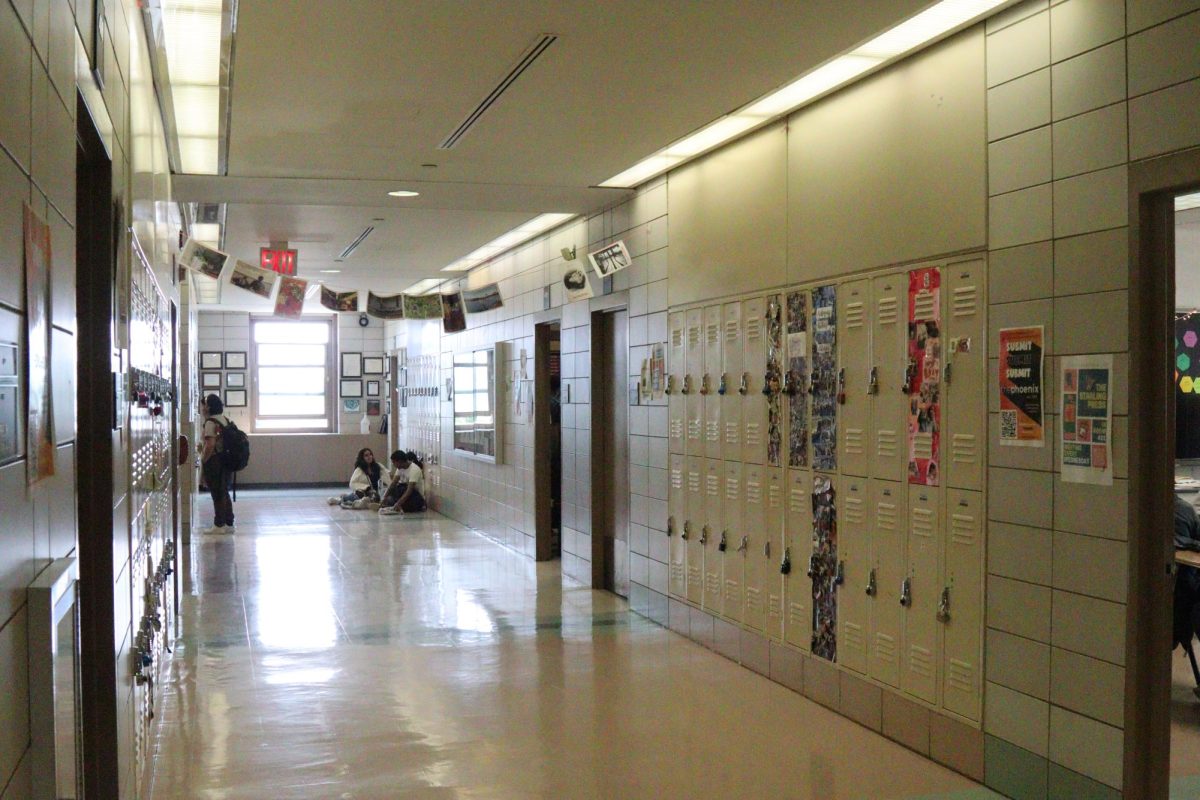
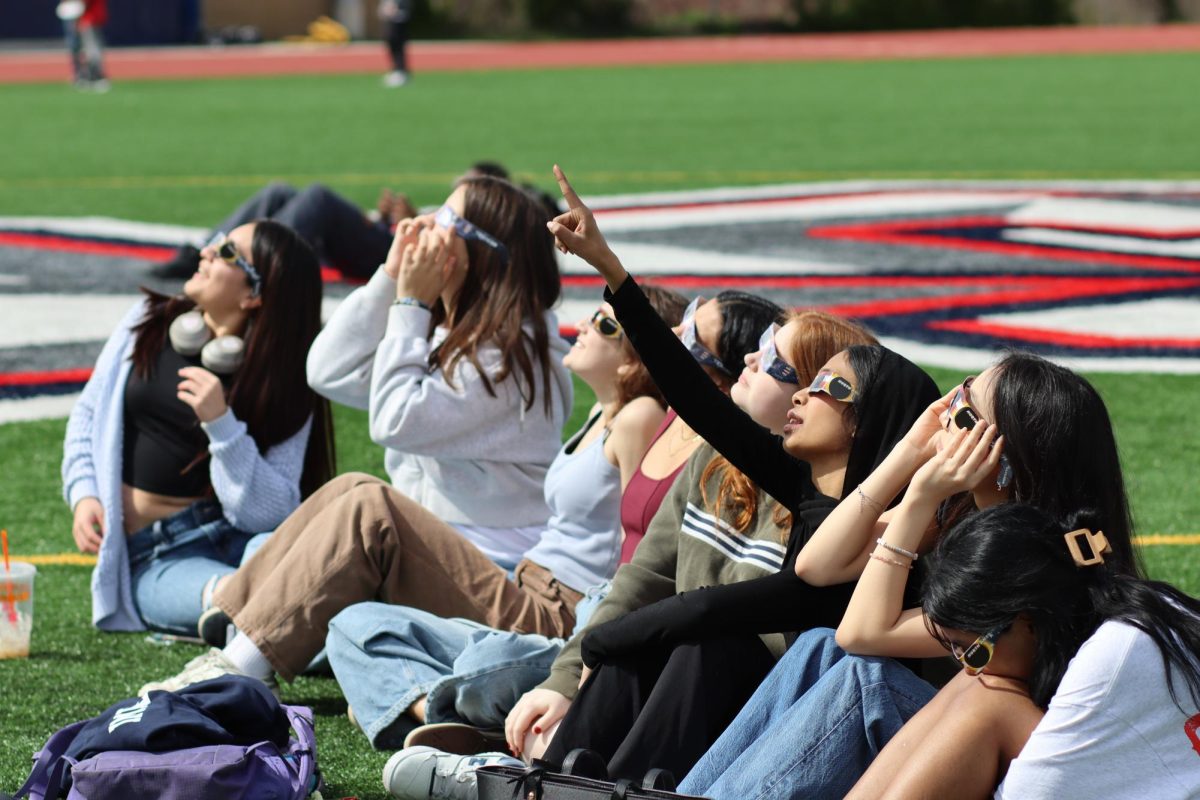

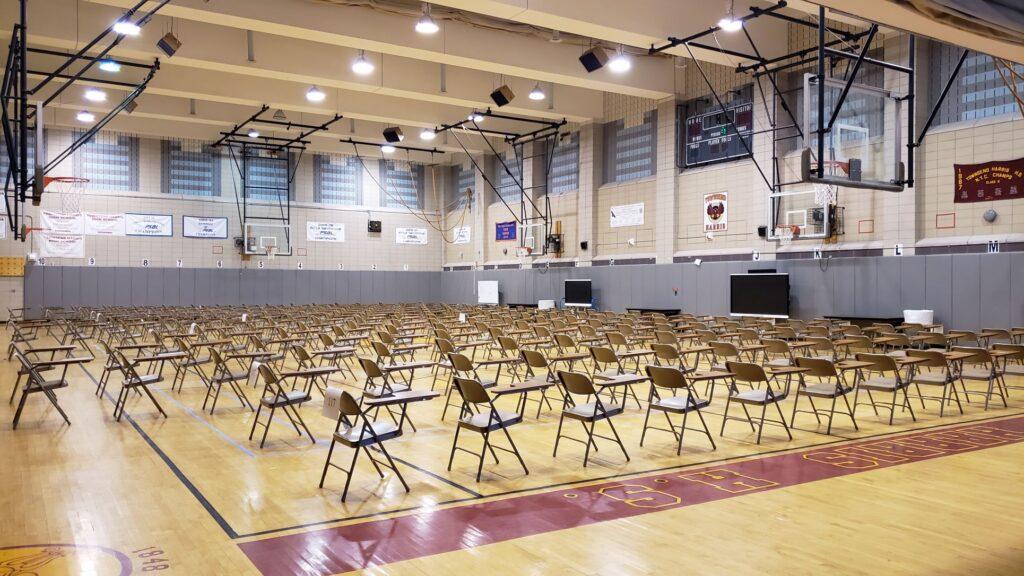
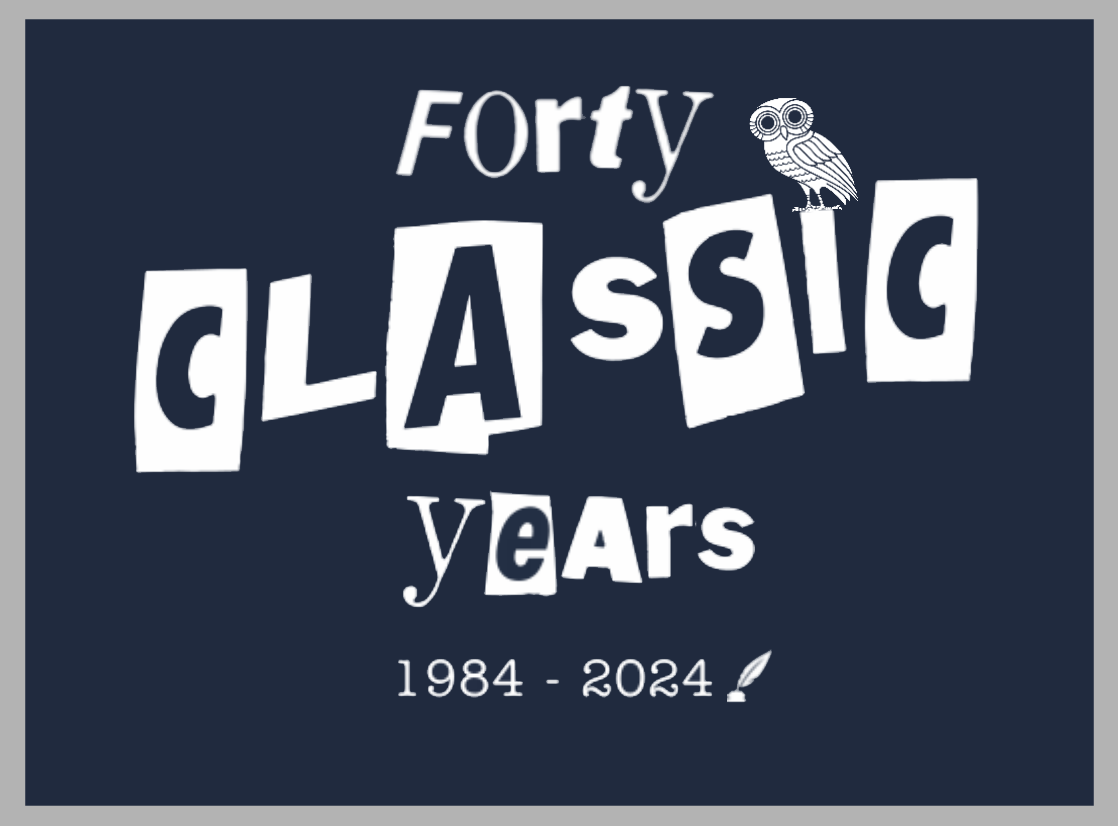
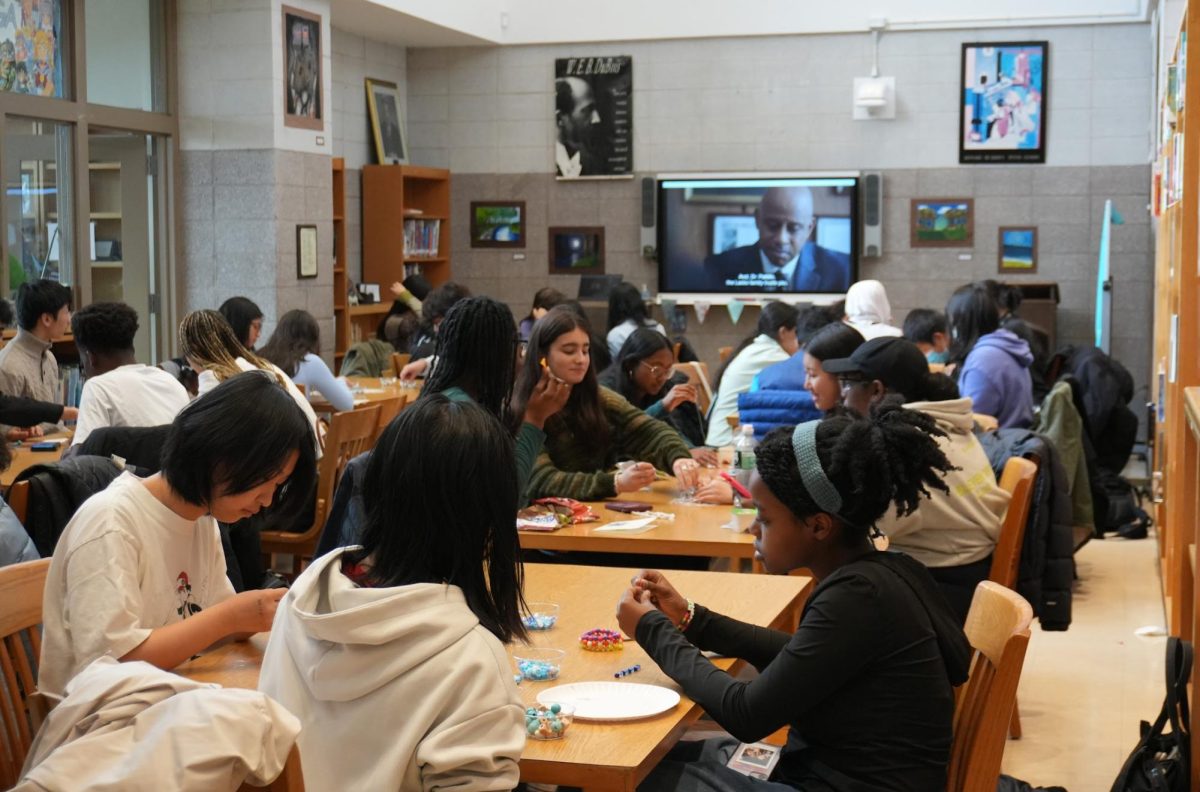

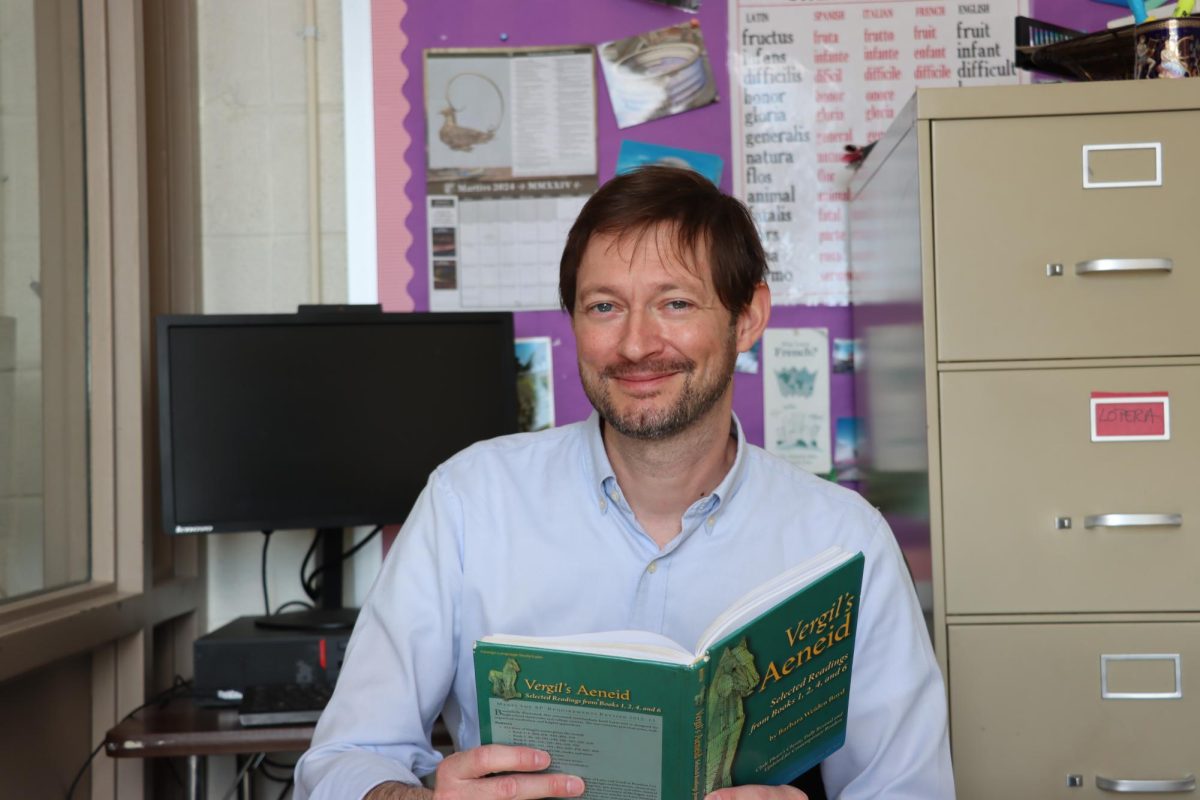

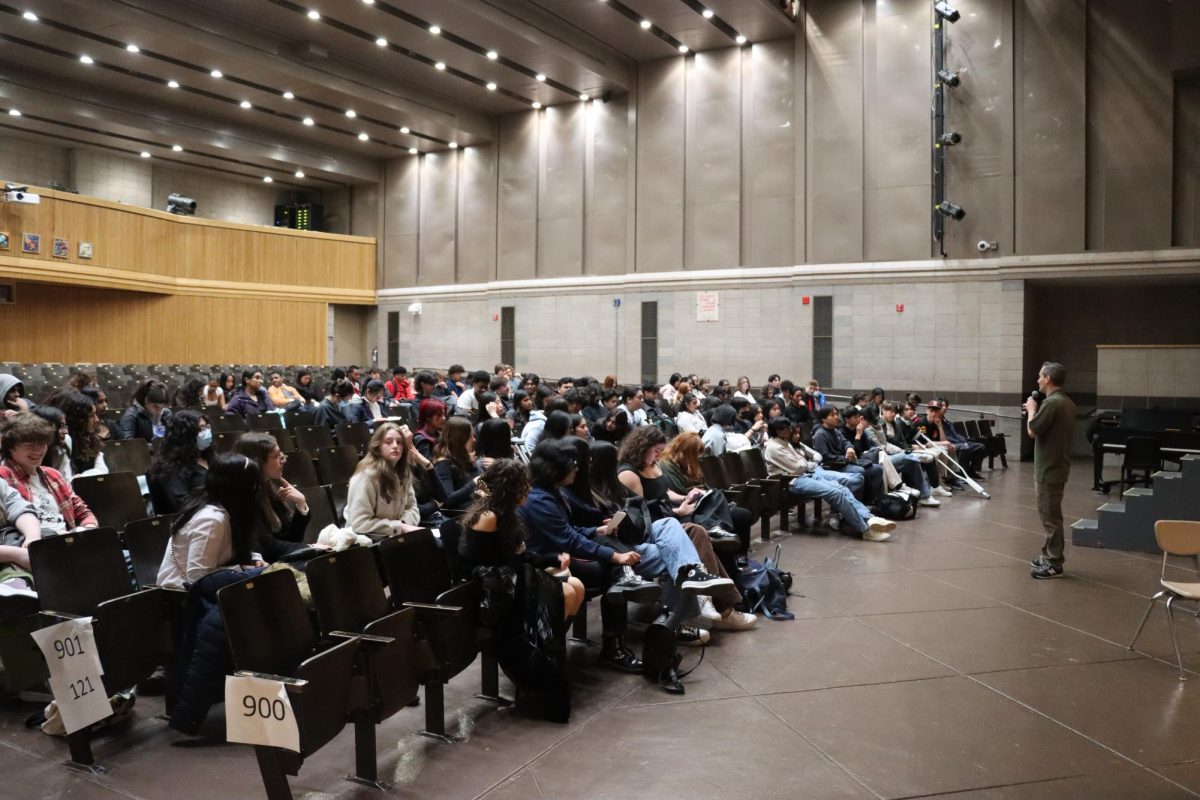


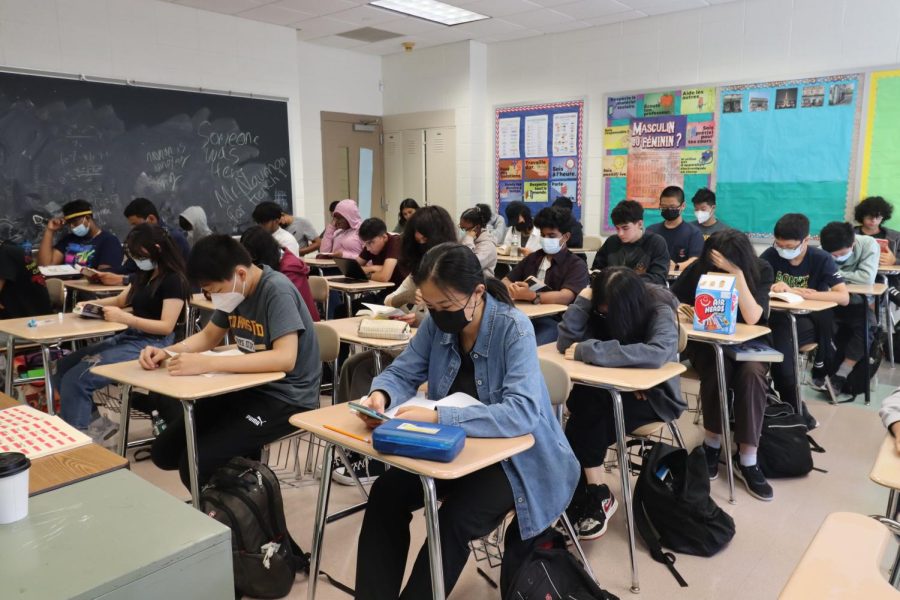

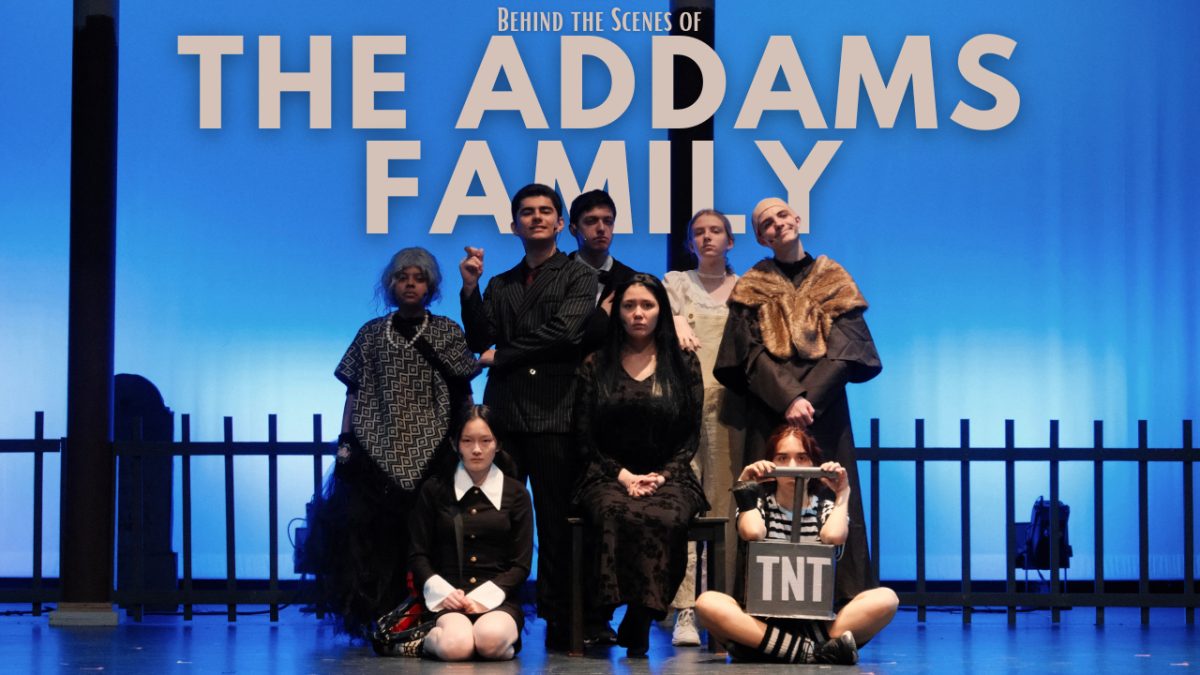
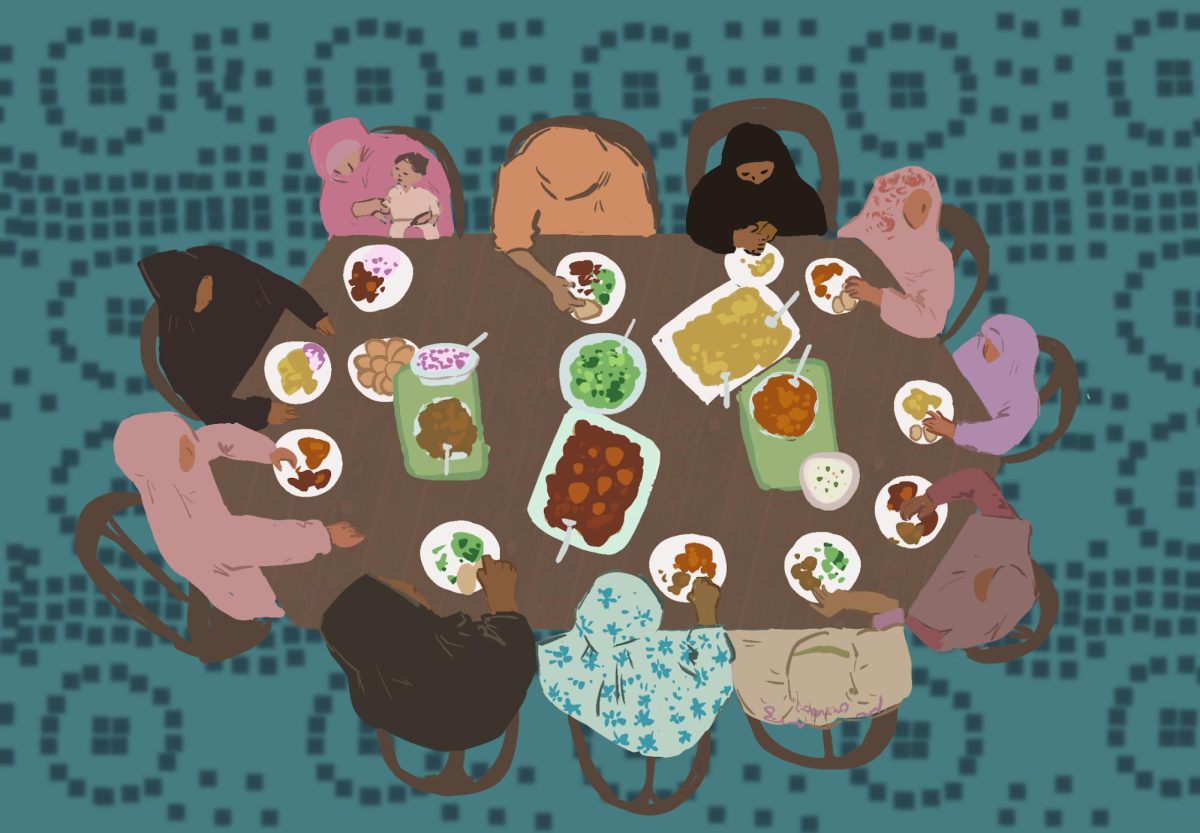
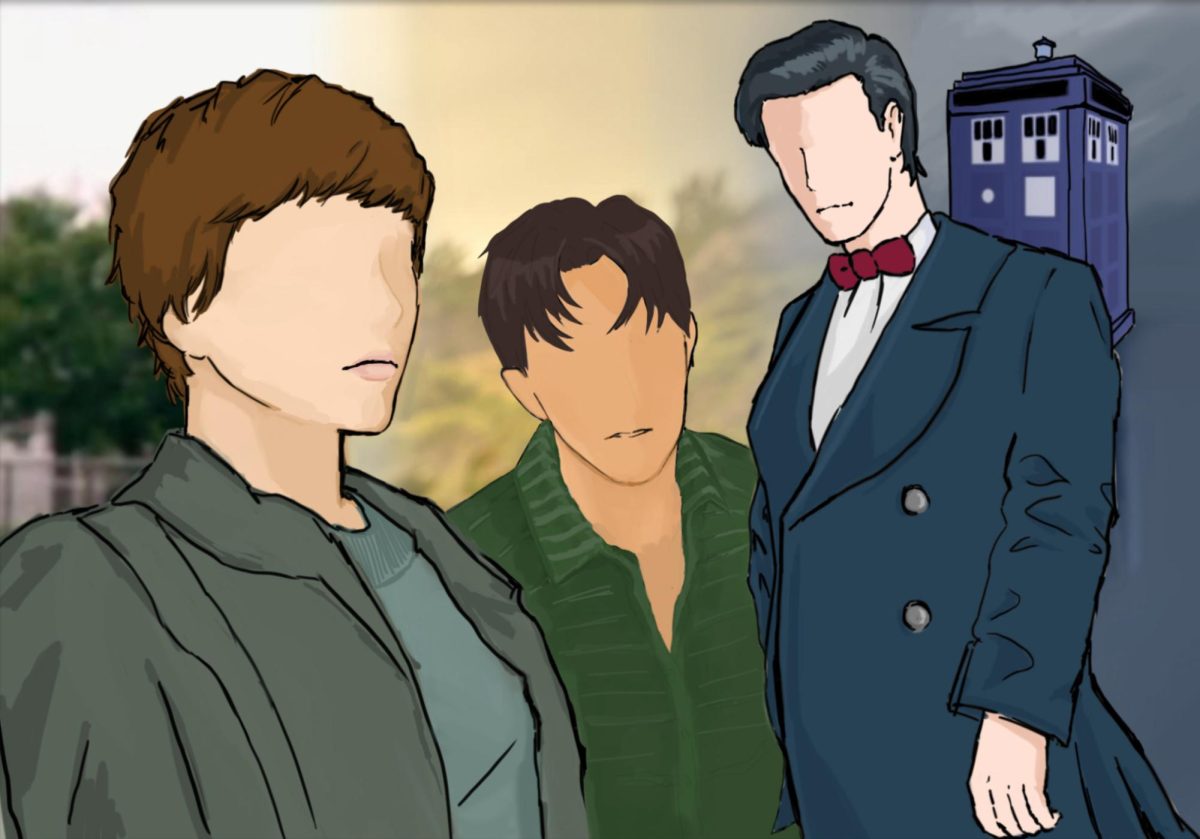
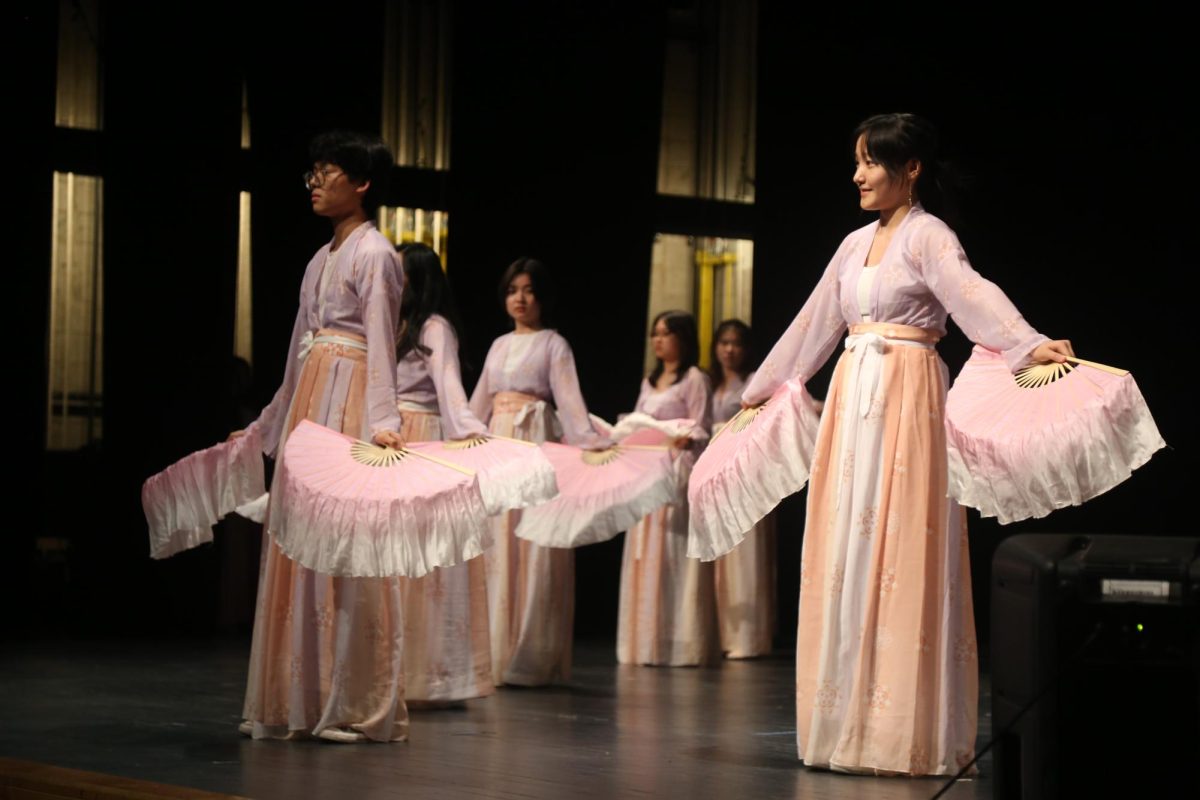





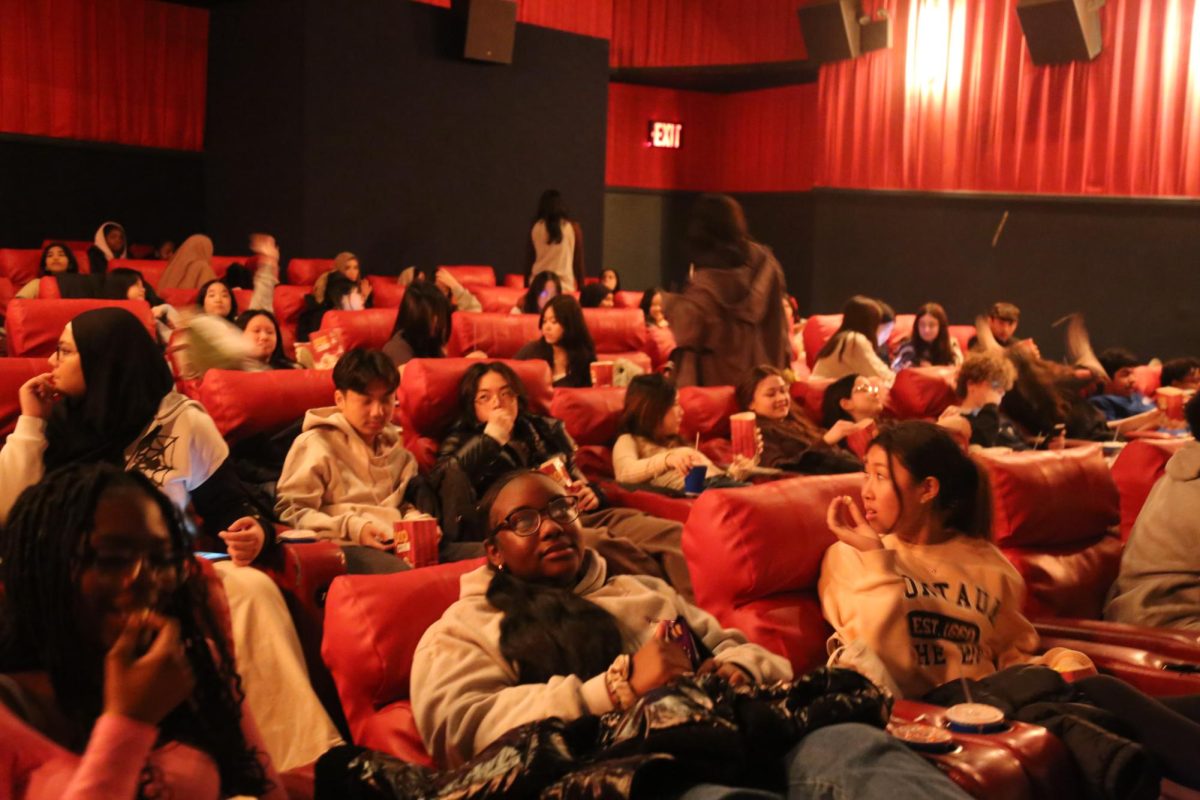


Georgette Wallace • Jul 10, 2014 at 10:33 am
Thank you, Rachel, for a beautifully written and well researched article. I have shown it to family and friends. Please also extend my appreciation to the photography staff and the layout people who did such a great job. I know they had many ideas which didn’t quite work out, so I appreciate their diligence in creating such a wonderful article.
Have a wonderful summer and a well deserved rest from the work at Townsend Harris.
Love,
Ms. Wallace